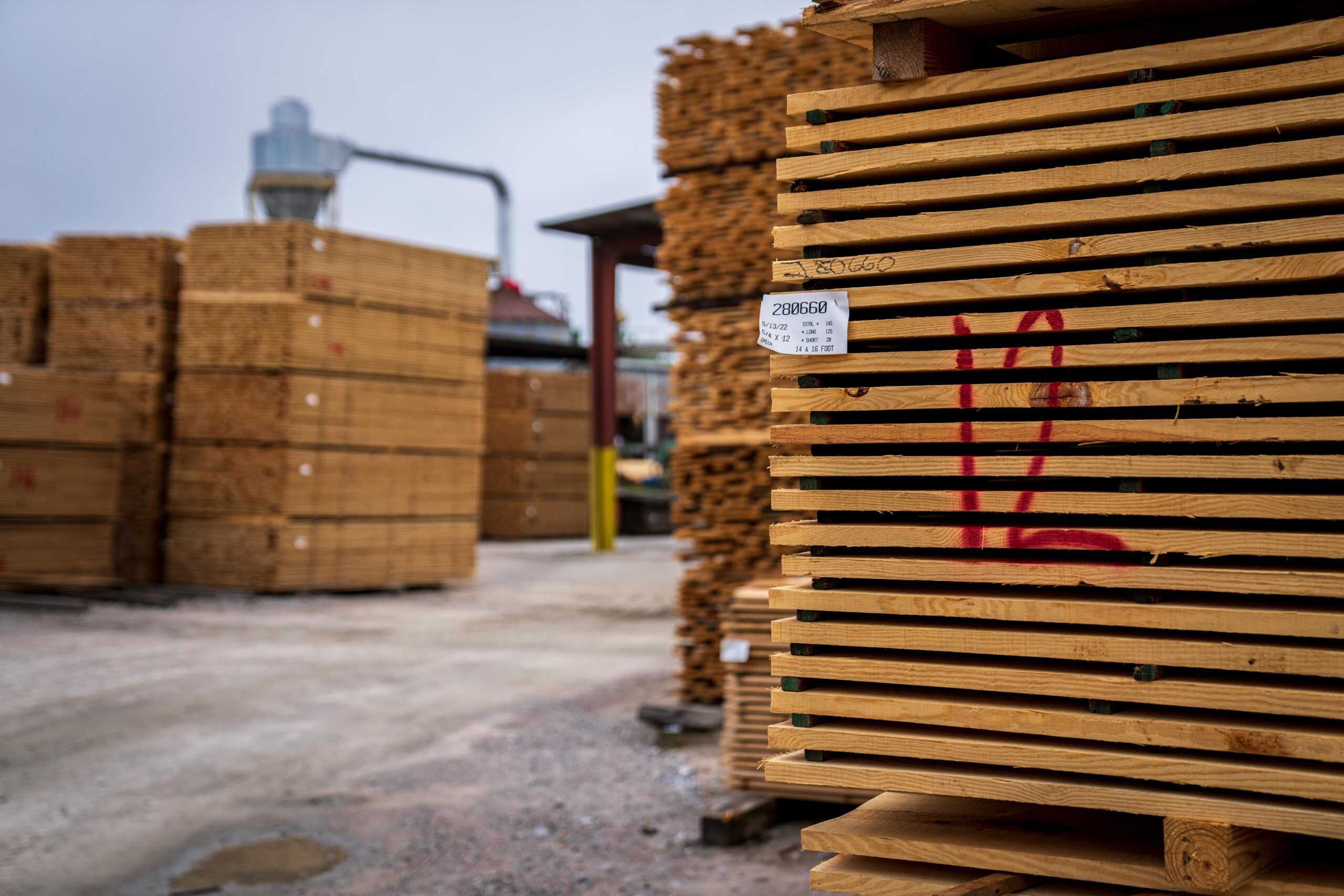source:Timber Market News
Release time:January 14, 2025
According to the latest report from Statistics Canada (StatCan), sawnwood production increased by 7.61t3t in October to 4,251.3 thousand cubic metres. However, compared to the same period last year, sawnwood production was down by 5.21t3t.
Sawmills shipped 4,441,500 cubic metres of timber in October, up 13.01t3t from September and 1.61t3t year-on-year.
Potential impact on the timber import market
This production increase could have an important impact on China's lumber import market. Although the year-on-year decline is worrisome, the short-term production increase could ease supply tightness and stabilize price fluctuations. Chinese lumber importers could take this opportunity to evaluate their cooperation with Canadian sawmills to ensure a stable supply of lumber.
LumberFlow Expert Interpretation
According to current market data, the increase in Canadian sawn timber production may increase the supply of timber to the Chinese market in the short term, thereby affecting price trends. Although it has declined year-on-year, the short-term growth may alleviate supply chain risks and help importers obtain more favorable conditions when purchasing. We recommend that timber importers pay close attention to the dynamics of the Canadian market to optimize procurement strategies and reduce potential supply chain risks.





